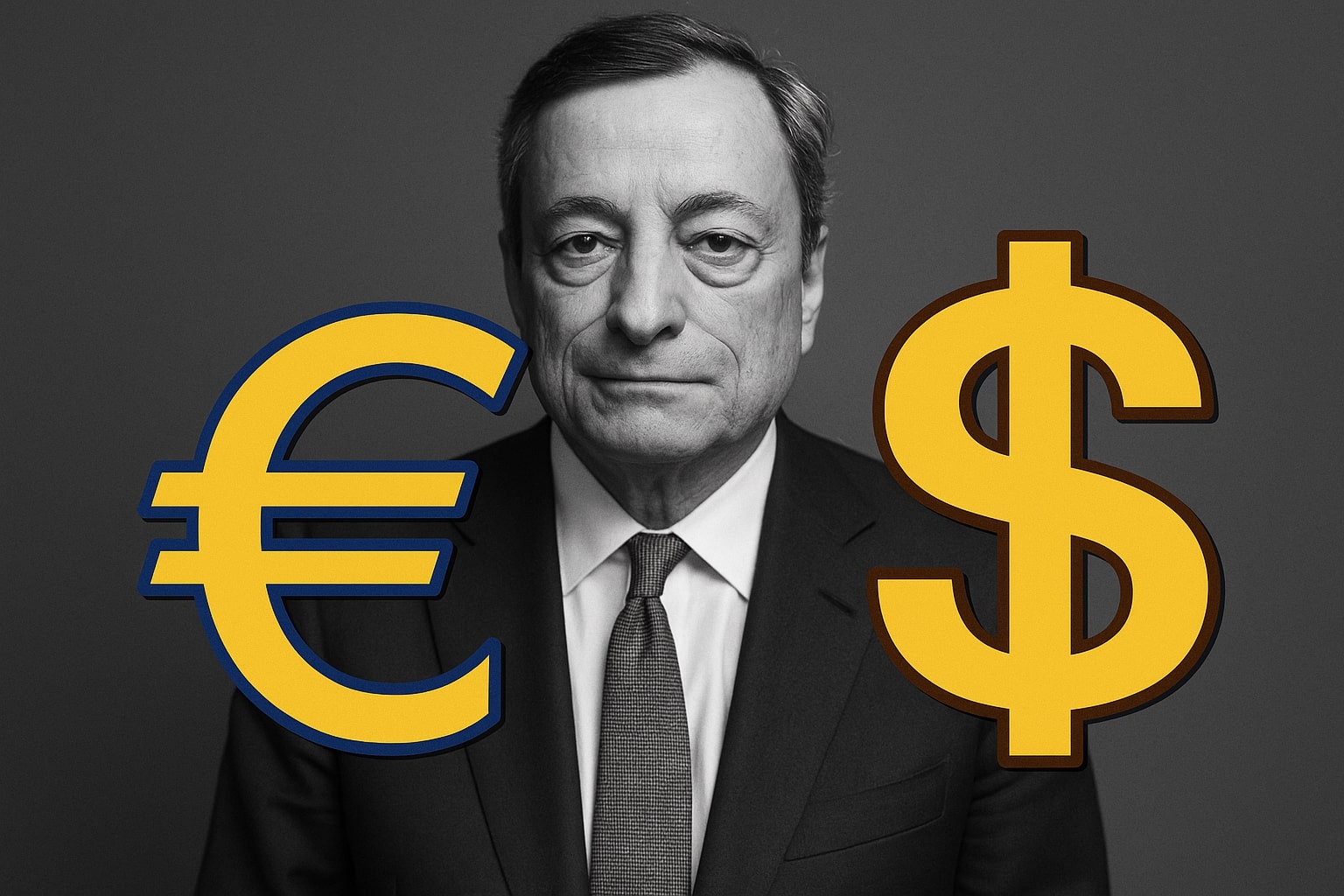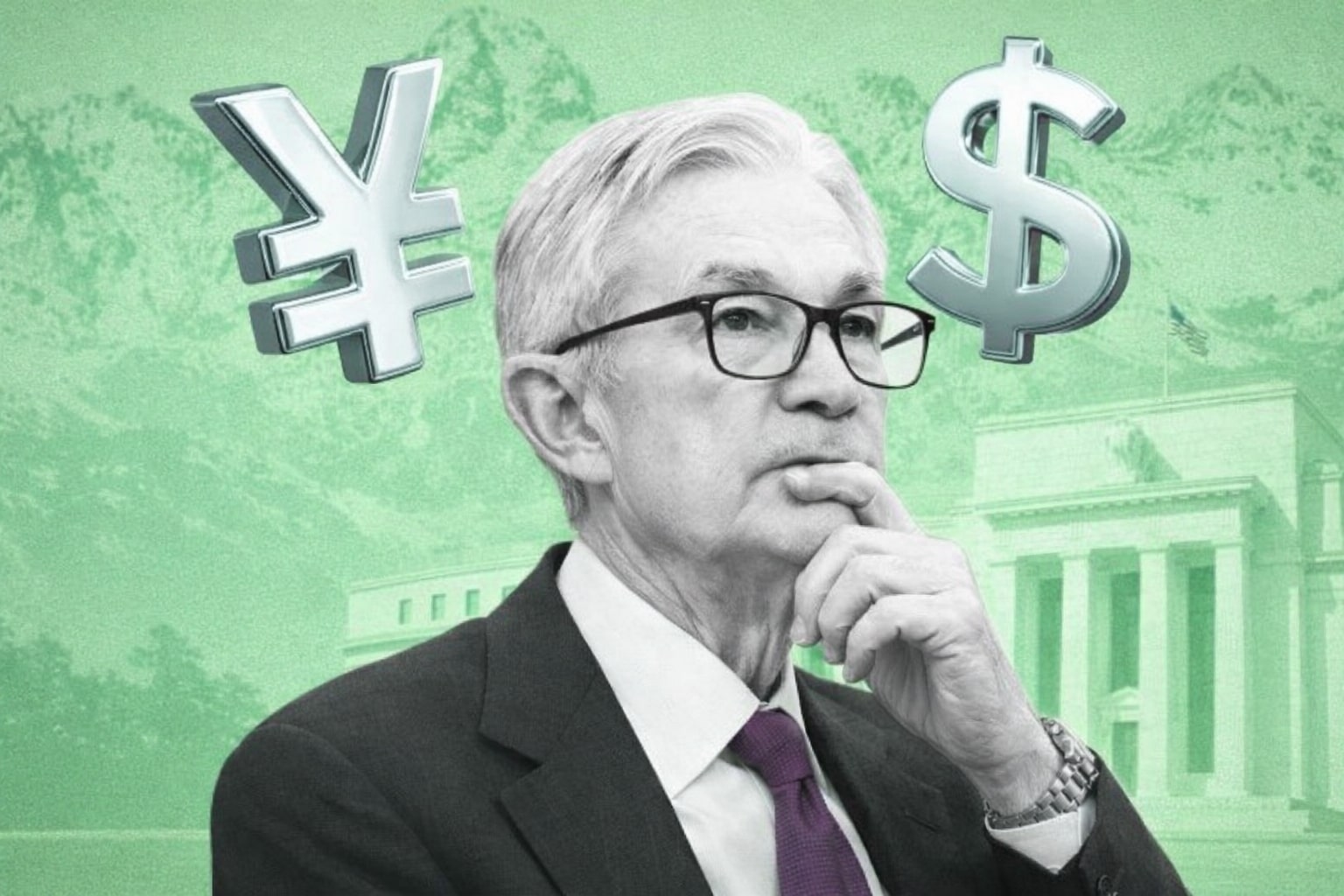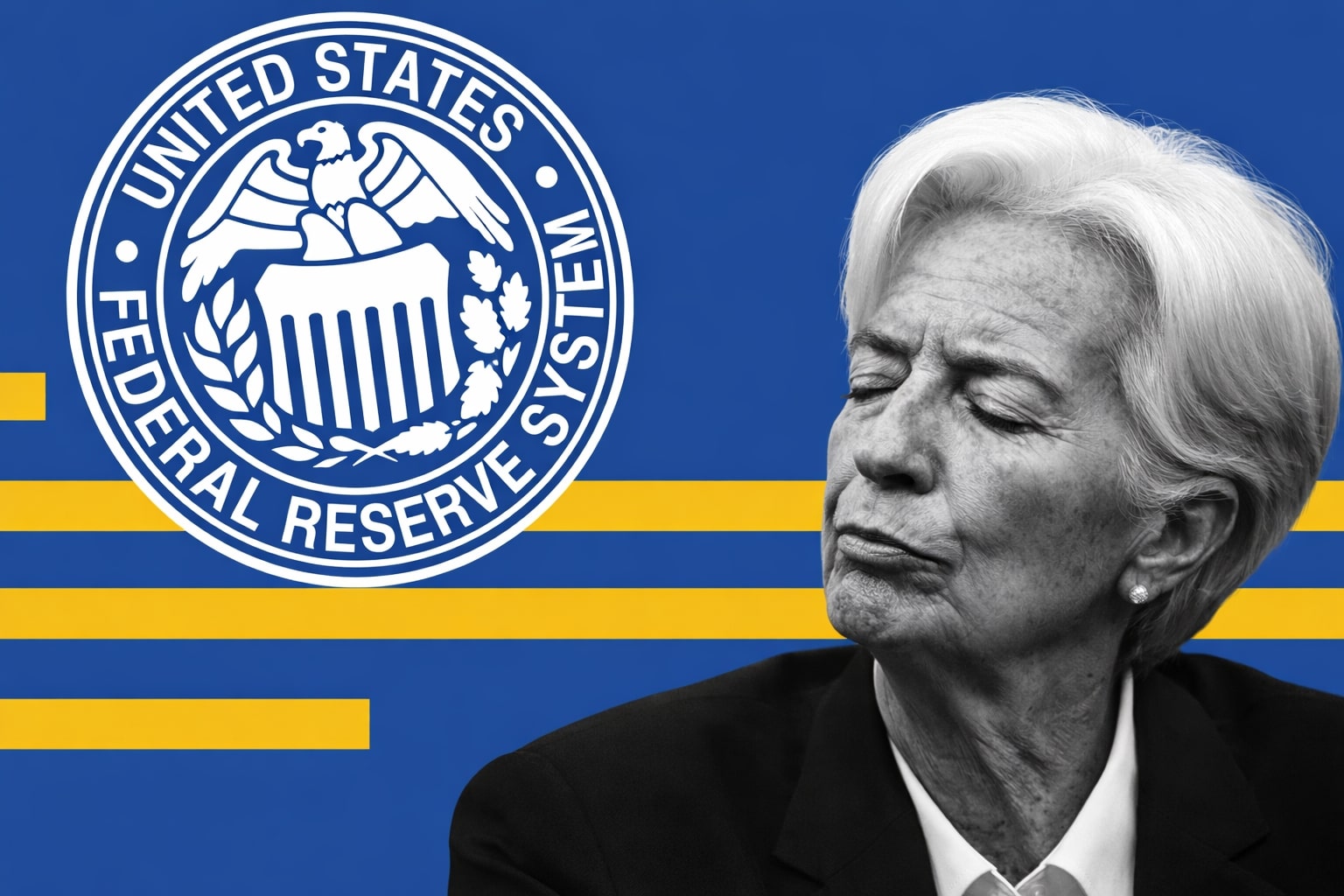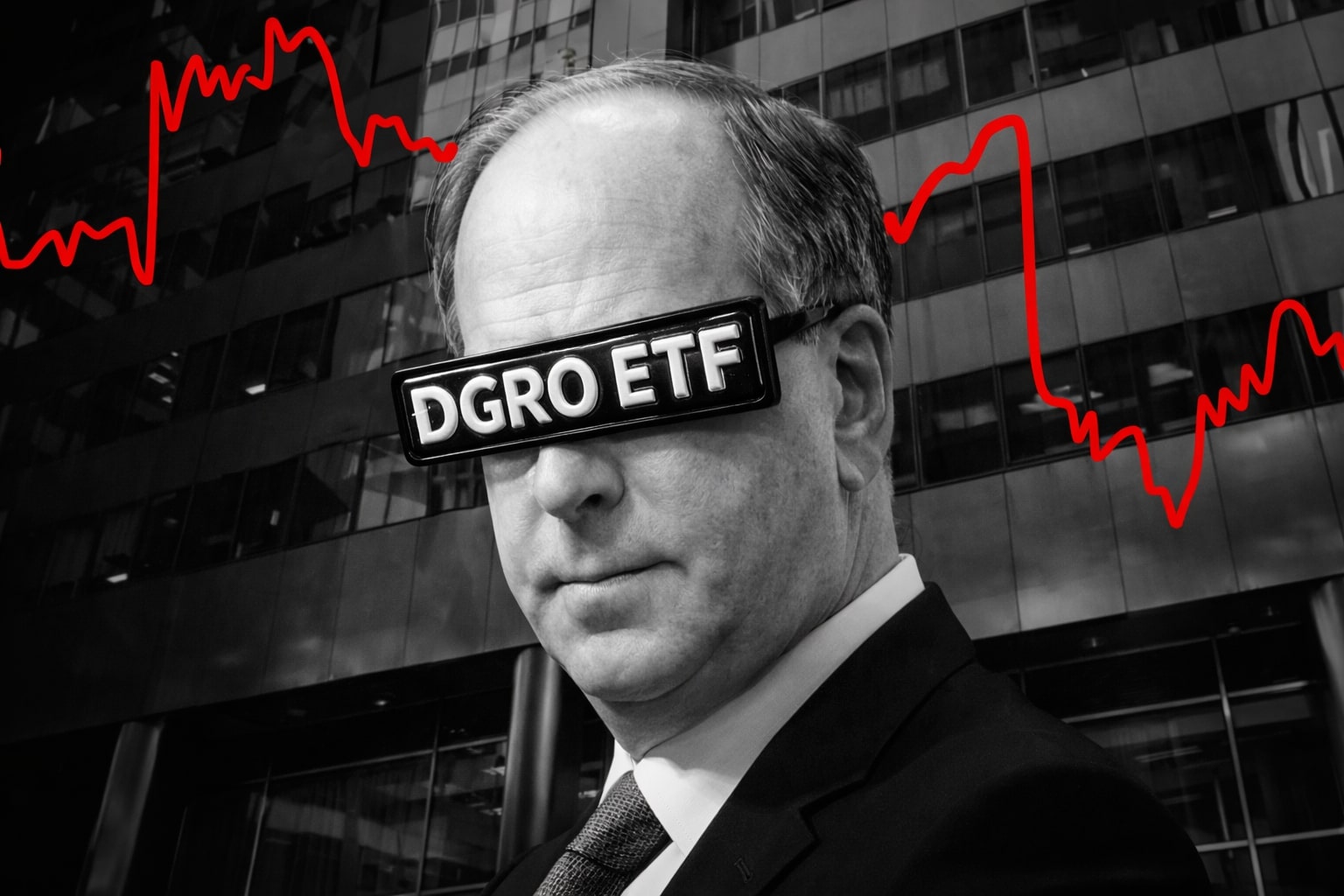
EUR/USD Price Forecast - EURUSD=X Climbs Toward 1.1780 as Fed Dovish Signals Sink the Dollar
Euro extends gains above 1.17 as DXY hits 98.10 lows, Fed hints at more cuts, and U.S. shutdown uncertainty boosts eurozone confidence | That's TradingNEWS
EUR/USD (EURUSD=X) Gains Momentum as Fed Dovish Tilt and Dollar Weakness Drive Rally Toward 1.1780
The EUR/USD pair extended its upside momentum this week, strengthening as the U.S. Dollar Index (DXY) slipped to 98.10, its lowest level in four months. The euro’s rise reflects a broad revaluation of interest rate expectations, with traders now pricing in two Federal Reserve rate cuts before year-end amid deepening economic and political uncertainty in Washington. The prolonged U.S. government shutdown, now in its 16th day, has delayed key macro releases and raised concerns over fiscal management, while Fed officials’ dovish tone reinforced the euro’s advance toward the 1.1780 target zone.
Fed’s Policy Shift and Dollar Slide Fuel Euro Strength
The dollar’s underperformance remains the single largest catalyst behind the euro’s rebound. The latest Beige Book highlighted weakening consumer spending and rising layoff risks, prompting policymakers such as Governor Christopher Waller and Stephen Miran to signal readiness for further easing. The DXY’s break below 98.68 support, now resistance, underscored accelerating downside momentum. With the index trading around 98.00, near oversold territory on the RSI, a minor rebound may occur before fresh selling resumes, but the macro bias remains bearish while below the 50-day and 200-day EMAs.
This policy backdrop contrasts sharply with Europe’s improving tone. The European Central Bank (ECB) remains on pause after successive tightening cycles, allowing eurozone yields to stabilize. The German 10-year bund yield holding around 2.24% and France’s OATs near 2.85% reflect moderate confidence that the euro area may achieve a soft landing. As a result, rate differentials are narrowing in the euro’s favor, amplifying EUR/USD’s upward trajectory.
Technical Breakout Above 1.1700 Validates Bullish Structure
Technically, EUR/USD has broken decisively above its descending channel, closing near 1.1706, its highest level in three weeks. The pair’s alignment above both the 50-day EMA (1.1647) and 200-day EMA (1.1665) confirms a momentum shift toward sustained recovery. Momentum oscillators reveal elevated readings, with RSI around 72, suggesting short-term overbought conditions but not yet exhaustion. If price sustains above 1.1670, resistance is projected at 1.1778, followed by 1.1838, where historical supply converges with the upper Bollinger band.
Short-term pullbacks toward 1.1660 could invite dip-buying interest as long as the broader bias remains constructive. A failure to defend 1.1630 would risk returning the pair to a sideways structure between 1.1575 and 1.1620, but that scenario currently holds limited probability given the dovish U.S. backdrop.
Euro Sentiment Improves as Political and Fiscal Risks Shift to the U.S.
The ongoing U.S. government shutdown, the second longest in history, has shifted market anxiety from Europe to Washington. Ten unsuccessful Senate votes to pass a funding bill have left federal operations paralyzed, injecting fresh fiscal uncertainty. While not catastrophic yet, the shutdown threatens to suppress Q4 GDP growth by 0.3–0.4 percentage points, according to preliminary estimates, reinforcing rate cut expectations.
By contrast, the eurozone has shown early signs of stabilization. Germany’s industrial production grew 0.4% month-on-month, while Italy’s services PMI surprised at 51.3, returning to expansion. The relative improvement has encouraged institutional flows back into European equities, with the Euro Stoxx 50 (STOXX50E) up 1.2% this week, further supporting the euro through portfolio rebalancing channels.
Trade Friction, Rare Earth Tensions, and Safe-Haven Rotation
Although trade tensions remain in the background, President Donald Trump’s latest comments suggesting that full tariffs on Chinese goods “will not stand” reduced immediate systemic risk, weakening the dollar’s safe-haven premium. However, Washington’s warnings over potential Chinese rare-earth export restrictions continue to threaten supply chains critical to U.S. manufacturing. The resulting uncertainty has made investors cautious on U.S. assets while simultaneously boosting flows into European and Japanese currencies.
Emerging markets have also reacted favorably to the easing of tariff rhetoric. The MSCI EM Currency Index gained 0.6%, with notable strength in the Polish zloty (PLN) and Hungarian forint (HUF)—both seen as correlated proxies for euro sentiment.
Technical Landscape for the U.S. Dollar Index (DXY) Confirms Downtrend
The U.S. Dollar Index remains below both its 50-day and 200-day moving averages, now serving as dual resistance zones at 98.68 and 99.20. Technical indicators confirm an entrenched bearish bias; MACD momentum remains negative, and the RSI at 30.5 signals persistent pressure despite possible intraday rebounds. Price behavior suggests any recovery toward 98.40–98.60 may precede renewed selling toward 97.47, then 97.02, if the Fed reinforces its easing bias in upcoming communications.
The DXY’s weakness continues to correlate inversely with EUR/USD movements, implying that sustained dollar softness could push the pair through its medium-term resistance at 1.1830 and potentially toward 1.1950, a level not seen since early 2024.
Read More
-
DGRO ETF Price: Is DGRO at $69.17 Still the Better Dividend-Growth Bet?
17.12.2025 · TradingNEWS ArchiveStocks
-
XRP Price Stuck Below $2 As XRPI at $10.74 and XRPR at $15.26 Ride $1B+ ETF Inflows
17.12.2025 · TradingNEWS ArchiveCrypto
-
Natural Gas Price Forecast - NG=F Steady Near $4 as TTF Jumps on Colder Forecasts and LNG Outage Risk
17.12.2025 · TradingNEWS ArchiveCommodities
-
USD/JPY Price Forecast: USDJPY=X 155.50 Pivot Before BoJ Hike and US CPI
17.12.2025 · TradingNEWS ArchiveForex
Institutional and Insider Positioning Supports Euro Upside
Institutional flow data from major European banks indicates an increase in long-euro exposures across asset managers and sovereign portfolios. This shift aligns with insider corporate activity across eurozone exporters benefiting from improved currency competitiveness. Firms such as Airbus SE (EPA: AIR) and Volkswagen AG (ETR: VOW3) have reported natural hedging advantages as the euro’s moderate recovery stabilizes input costs denominated in dollars.
Meanwhile, European energy and commodity groups like TotalEnergies SE (EPA: TTE) and Shell PLC (NYSE: SHEL) have benefited from cheaper dollar-denominated oil imports as WTI crude remains subdued near $57.35 per barrel. The interplay of euro strength and oil weakness is reducing inflation pressure within the bloc—another factor allowing the ECB to maintain a wait-and-see approach without aggressive rate tightening.
Macro Outlook: CPI, Fed Cuts, and European Resilience
Looking ahead, the U.S. September CPI data due next week will be pivotal. A reading below 3.1% YoY could lock in a Fed cut at the October meeting, further undermining the dollar. The U.S. labor market, while still tight, shows cracks: continuing jobless claims climbed to 1.87 million, while nonfarm payroll revisions erased 38,000 jobs from prior months. These dynamics reinforce that policy easing remains on the table.
In Europe, the narrative centers on sustained disinflation. Eurozone core inflation slowed to 2.8%, the lowest since mid-2022, and composite PMIs stabilized above 50.0, reducing fears of recession. These data points lend credibility to the euro’s recovery path and encourage speculative positioning toward higher levels.
TradingNews.com Verdict on EUR/USD (EURUSD=X)
EUR/USD – Rating: Buy / Bullish Bias
Momentum, macro divergence, and technical confirmation all align in favor of euro appreciation. With the pair trading firmly above its 50- and 200-day averages, near-term targets remain 1.1778–1.1838, with a potential extension to 1.1950 if the U.S. Dollar Index fails to regain the 98.60 handle. A short-term pullback toward 1.1660–1.1630 would be corrective, not structural.
The data-driven case supports continuation of the recovery trend into Q4 2025 as investors recalibrate toward European assets amid a dovish Federal Reserve and fiscal instability in the United States.



















